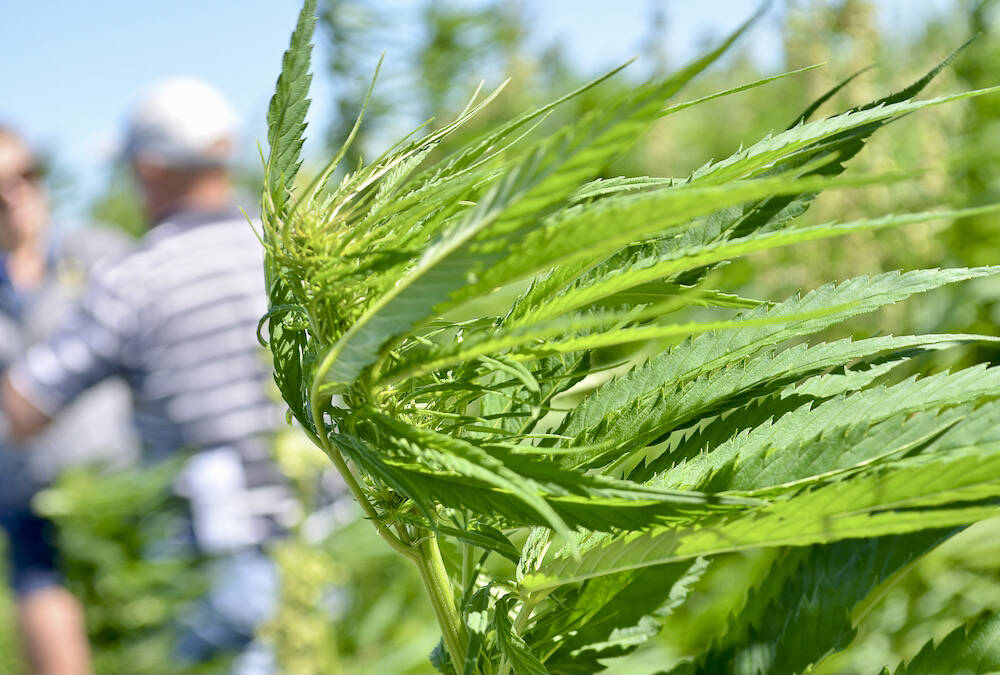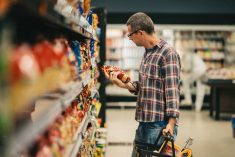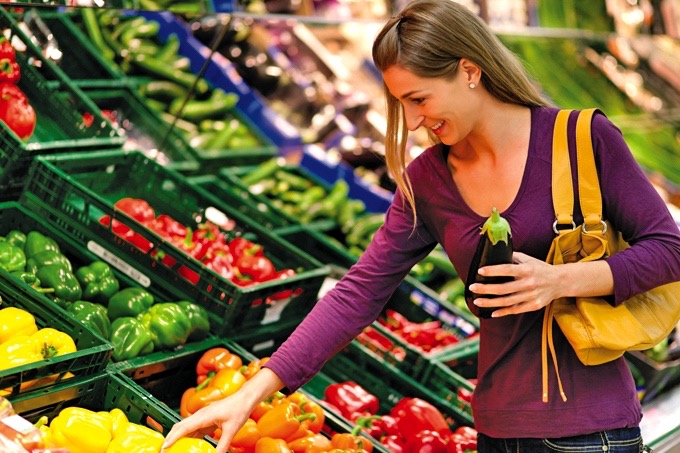July’s food inflation data offers insights into the complex interplay of factors shaping our grocery bills.
While some Canadians may be hesitant to acknowledge it, there is a gradual improvement taking place. The decrease in our food inflation rate from 8.3 per cent to 7.8 per cent, along with the narrowing gap between food inflation and overall inflation to 4.5 per cent, provides a measure of reassurance.
In simpler terms, while food prices remain elevated, the rate of food inflation is slowing down.
Read Also

Canadian hemp stable, but stuck on growth
Canada’s hemp industry hopes hybrid varieties, better yields, clearer regulations and new markets can help the crop break past its ceiling and get Canadian farmers planting more hemp acres.
The latest figures from Statistics Canada reveal a nuanced depiction of the myriad elements influencing food costs. The impact of factors such as droughts and excessive rainfall has already affected food prices this summer. Yet, the broader effects of significant events like the multi-year pandemic and Ukraine’s invasion are now clearly behind us.
StatCan’s monthly report presents consumers with a diverse range of price fluctuations across various food categories. Meat prices experienced a modest uptick of 1.3 per cent from June to July. This could be attributed to a combination of factors affecting beef prices, including shifts in consumer preferences, disruptions in livestock production in Canada and the United States and fluctuations in international trade dynamics. Similarly, the 1.2 per cent rise in vegetable prices may indicate local and global supply uncertainties, exacerbated by weather-related disruptions impacting harvest in certain regions.
Notably, bakery and dairy products saw slight increases of 0.8 per cent and 0.6 per cent, respectively. These subtle increments reflect the intricate processes of production, transportation and other factors. Meanwhile, the one per cent decline in fish prices may highlight evolving consumer behaviours or shifts in the availability of imports.
A significant drop of 3.4 per cent in fruit prices warrants closer examination. While this could be welcome news for consumers, it also underscores vulnerabilities that can disrupt the intricate journey from orchards to grocery stores during the peak of summer. Transportation bottlenecks, trade imbalances and shifts in global demand are all contributing factors.
The discussion surrounding the carbon tax is also noteworthy. Amidst this intricate landscape, the impact of clean fuel and carbon taxes on food prices warrants consideration. While these policies aim to promote environmental sustainability, their direct influence on July’s food inflation remains uncertain. The complex interplay of market dynamics and government interventions makes it difficult to pinpoint the exact effect of these measures.
Despite the fluctuations, Canada maintains the second lowest food inflation rate of all G7 nations, underscoring a level of economic resilience in the face of global challenges. Only the United States currently boasts a lower food inflation rate, at 4.9 percent.
Ultimately, the food inflation data for July encompasses more than mere numbers; it reflects the resilience of our agricultural systems when compared to other countries worldwide, whether or not Canadians fully recognize it.
Having weathered the 18-month food inflation storm that is coming to an end, we should all acknowledge the delicate balance between fragility and resilience within our food supply. This realization should foster a collective commitment to ensure affordable and nutritious sustenance for all Canadians.
– Sylvain Charlebois is professor of food distribution and policy at Dalhousie University and senior director of the AgriFood Analytics Lab.















